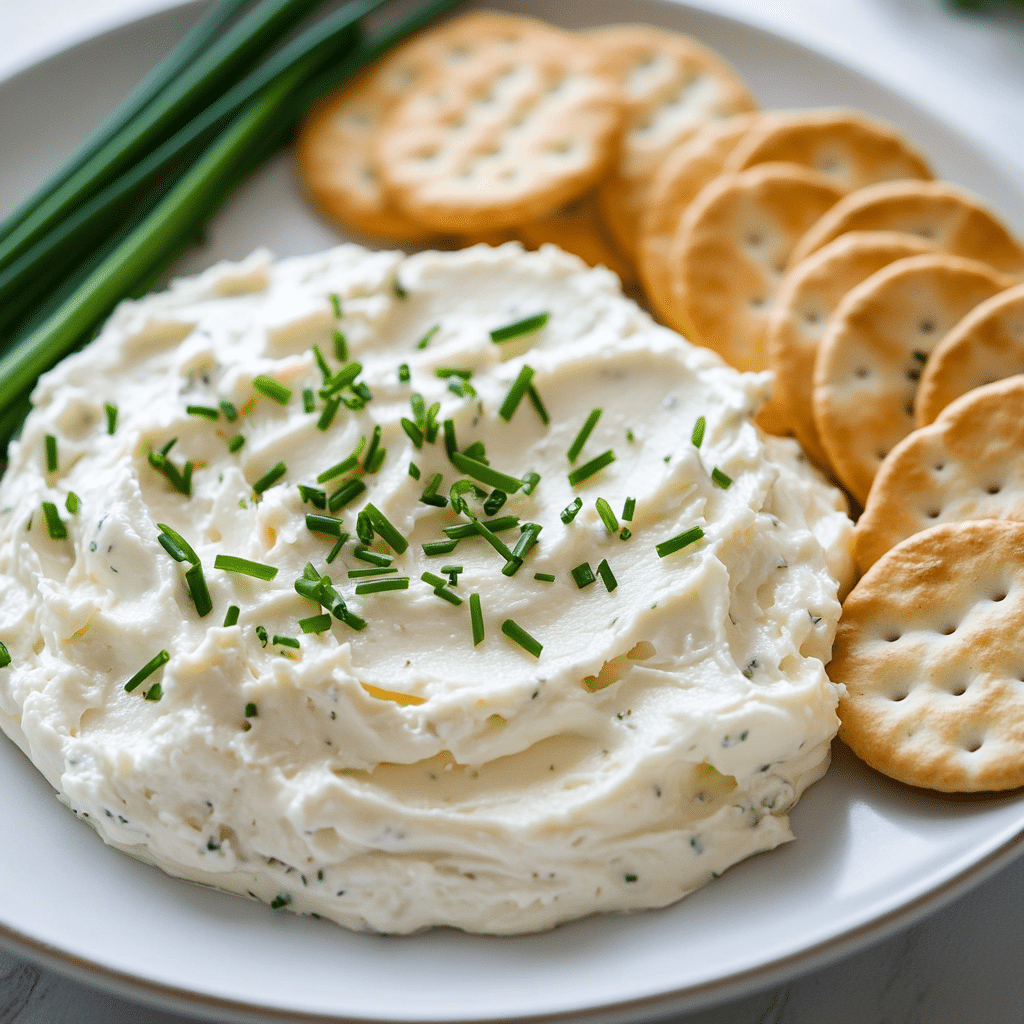About six months ago, I stumbled upon the Japanese mountain a culinary exploration through the secret neighborhood restaurants in Tokyo. I was mesmerized by a traditional dish, fine flavors, exquisite presentation, and wholesome ingredients all embodying everything that would appeal to my sensibilities about the art of Japanese cooking. It was, therefore, a personal quest to perfect this Japanese mountain recipe at home and reap the unfathomable ecstasy of well-prepared morsels that take one’s heart right to Japan.
So after much research into traditional Japanese cooking techniques and ingredients, and where they procured I came to the conclusion that the key to a successful Japanese mounjaro recipe is an understanding of that fine balance of umami, texture, and visual harmony that denotes authentic Japanese culinary artistry. Furthermore, the method has earned its occurrence as my most favorite lunchtime preparation since it unfailingly offers a restaurant’s quality outcome that stretches both body and soul in taking into consideration the subtle simplicity of what Japanese cuisine is all a hype about.
So there you have it, a Japanese mojaro recipe that captures the essence of what I adore about Japanese cooking great, quality ingredients transformed into something sublime through careful cooking methods and an adherence to tradition. Furthermore, it demonstrates that real Japanese food doesn’t have to come with a hefty price tag from specialist equipment, but rather an understanding of how good technique and proper selection of elements can create something harmonious that does credit to centuries of culinary wisdom.
Table of Contents
Table of Contents
Mastering Japanese Mounjaro Recipe Fundamentals
Essential Principles for Perfect Results
Great Japanese dishes start with remembering that typical Japanese cooking puts weight on harmony, the time of year, and respect for items as it keeps exact ways of preparation by following food traditions. Thus, this real method works well because careful choice of components and right ways to cook bring about top-notch outcomes that hold true Japanese tastes through regard for cultural eating and classic culinary skill paths.
Quality proteins fresh vegetables and authentic seasonings directly impact final taste and presentation results late speak to ingredient quality add on mounjaro recipe free japanese equals pick some seasonal goods plus run down of traditional japanese pantry staples for best flavor development avoid any artificial taste that will ruin the real culinary experience all through respectful cultural cooking and ingredient appreciation approaches.
It is technique mastery that greatly influences your japanese mounjaro recipe outcome, knife work, cooking timing, and presentation methods properly executed will create ideal results reflecting traditional Japanese culinary standards. Also, getting to learn basic Japanese cooking principles ensures repeatability towards achieving cultural authenticity while attaining successful home preparation and family meal satisfaction goals.
Also Read: Korean Rice Bowl Recipe
Professional Japanese Cooking Techniques
The key to getting the japanese mounjaro recipe right is in knowing traditional Japanese flavor principles that bring about harmony between sweet, salty, and sour plus umami components along with visual balance. Next to this is learning how to season well and combine ingredients properly so that real taste profiles respect Japanese culinary tradition while offering a filling meal as one learns cultural food appreciation and cooking skills.
Proper cutting techniques not only ensure uniform cooking but also add to the beauty of presentation, which reflects Japanese aesthetic principles. Learning the traditional Japanese knife techniques and cutting styles will assist in attaining professional results while maintaining cultural authenticity during respectful culinary exploration and technique development approaches.
Timing coordination means the balancing of several elements of cooking while this Mounjaro recipe achieves its best through synchronized preparation so that all components finish at the same time. Also, knowledge of the right sequences to cook and how to manage timing go a long way toward ensuring seamless meal preparation and having the texture and flavor integration at their best. Successful Japanese cooking and family meal planning strategies.
| Ingredient | Amount |
|---|---|
| Short-grain white rice | 2 cups |
| Fresh shiitake mushrooms | 8 oz (sliced) |
| Chicken thigh (boneless) | 1 lb (diced) |
| Soy sauce | 3 tablespoons |
| Mirin | 2 tablespoons |
| Sake | 2 tablespoons |
| Dashi stock | 2 cups |
| Green onions | 4 (chopped) |
| Sesame oil | 1 tablespoon |
| Nori sheets | 2 (shredded) |
| Pickled vegetables | 1/2 cup |
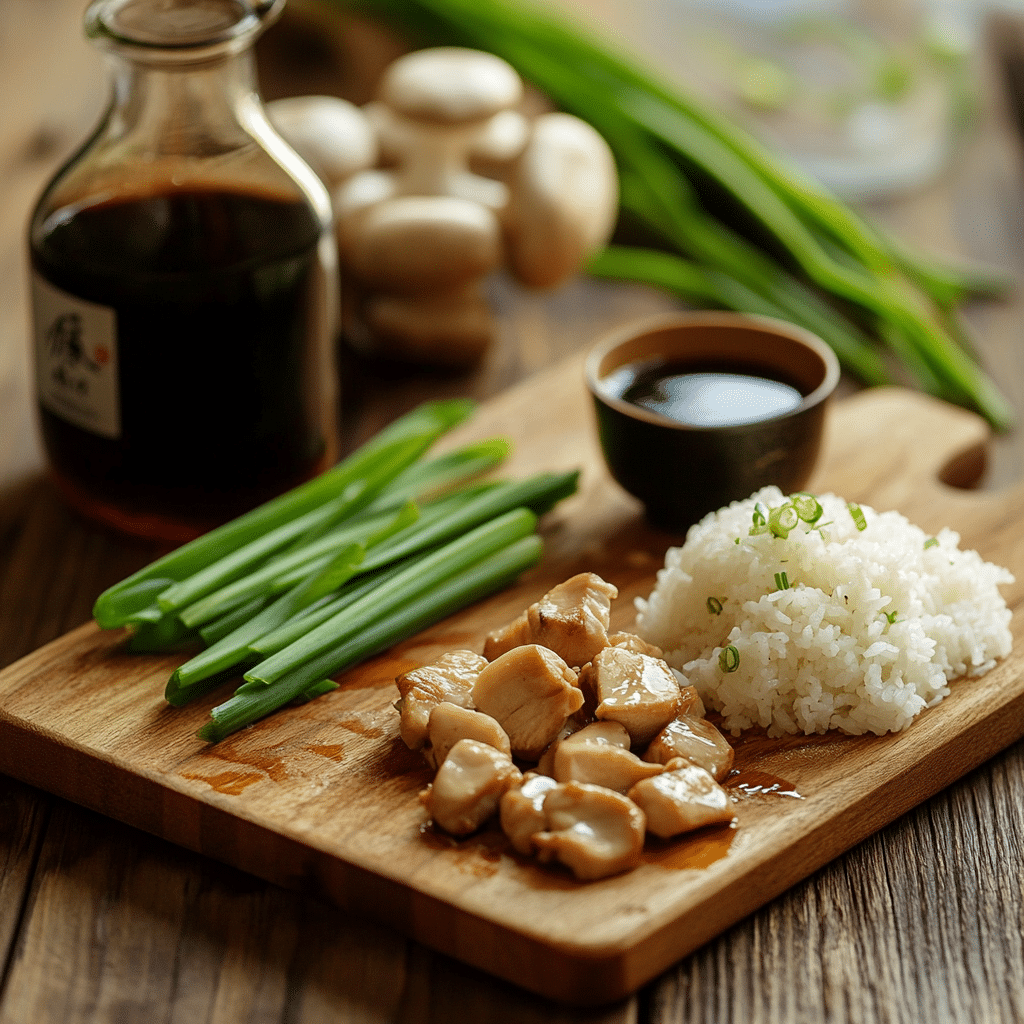
Advanced Japanese Mounjaro Recipe Preparation
Optimal Rice Cooking Methods
Traditional preparation of rice ensures the authenticity of the Japanese mounjaro recipe. Proper washing and cooking techniques create perfect texture, which serves as the foundation for this classic dish. Therefore, to get better results and avoid mistakes that would make a mess out of getting the right texture all through traditional cooking approaches and cultural culinary respect, here is how Japanese rice is cooked and the water ratios shared.
Texture is finally mastered by the technique of washing, while japanese mounjaro recipe free takes advantage of proper rinsing of rice to remove excess starch yet still keep the grain whole. Also, knowledge of the traditional ways and timing helps in getting the right consistency that ensures authentic Japanese rice preparation all through successful home cooking and cultural appreciation strategies.
Coordinating cooking timing brings about perfect results while the Japanese rice recipe requires a very precise ratio of water and heat management that yields the right texture, not mushy, not hard. Knowing the traditional Japanese methods of rice cooking also lays the foundation for quality at a restaurant level while being able to repeat the same results toward achieving meal preparation success and family satisfaction goals.
Strategic Protein and Vegetable Integration
Chicken is prepared in the manner of traditional cut and marinated as mounjaro-specific cutting and seasoning techniques allow flavors to permeate well while encouraging good texture development. Therefore, knowledge of proper protein preparation and marinating method mounjaro helps achieve authenticity results while carrying the Japanese flavor profile through respectful cultural cooking and technique mastery approach.
Mushroom choice impacts flavor depth because shiitake mushrooms are what the japanese mounjaro recipe free typically contains, they deliver vital umami qualities and genuine taste notes. Also, knowledge of preparation and cooking techniques for mushrooms can lead to enhanced flavor development as well as attaining the right texture that should be integrated while observing the traditional Japanese ways of cooking and appreciating ingredients.
Veggie balance makes up the nutrition while mounjaro Japanese uses the recipe of ‘seasonal vegetables give color texture and nutritional variety maintaining the real Japanese aesthetic principles.’ Also knowing the old way of picking and preparing veggies helps get a good-looking result ‘keeping the best nutritional balance all through healthy eating and cultural culinary appreciation approaches.
Traditional Japanese Flavor Development
Authentic Seasoning Mastery
Applying soy sauce develops base flavors whereas the mounjaro recipe needs a good quality soy sauce, to provide essential umami depth without dominating the other ingredients. Knowledge of different varieties of soy sauces and their correct application or use at what stage helps attain the right taste profile while keeping the typical Japanese flavor balance as culture cooking is appreciated and techniques are developed.
Mirin brings sweetness. The mounjaro recipe free from Japan still gains by the use of this old rice wine that gives a complex sweet taste and real Japanese nature. Also, knowing mirin grade and right way to use it helps make balanced tastes while keeping traditional flavor building during real Japanese cooking and cultural food respect plans.
Dashi creates a rich umami flavor, mounjaro from japanese rests on good dashi stock which brings out essential depth of flavor and real Japanese characteristics. Also knowing how to prepare dashi and choosing quality helps make better results while keeping the basic traditional flavor foundation all through respectful cultural cooking and real taste recreation approaches.
Balance and Harmony Principles
Flavor is complexity by way of the layering, seasoning being applied in the recipe for japanese mounjaro to provide optimal taste by means of a strategic application that builds progressively and does not overpower the delicate ingredients. Basic principles of traditional Japanese seasoning understood help keep harmony while holding authentic characteristics when flavor development is successful and cultural cooking appreciation approaches.
It maximizes satisfaction while japanese mounjaro recipe free incorporates multiple sources of umami that develop depth and satisfaction-not artificial flavor enhancement. Further understanding of natural umami development provides an avenue to deliver results that are real yet retain traditional taste profiles throughout strategies of Japanese cooking mastery and cultural culinary respect.
The mounjaro recipe allows ingredient variations by the season, a practice reflecting the principle of Japanese cuisine which is preserved in the core characteristics of the recipe. Besides, knowledge of how to approach seasonal cooking adds up to building real adaptations as it keeps the wisdom of traditional Japanese culinary ways at a cultural appreciation and sustainable cooking practice.
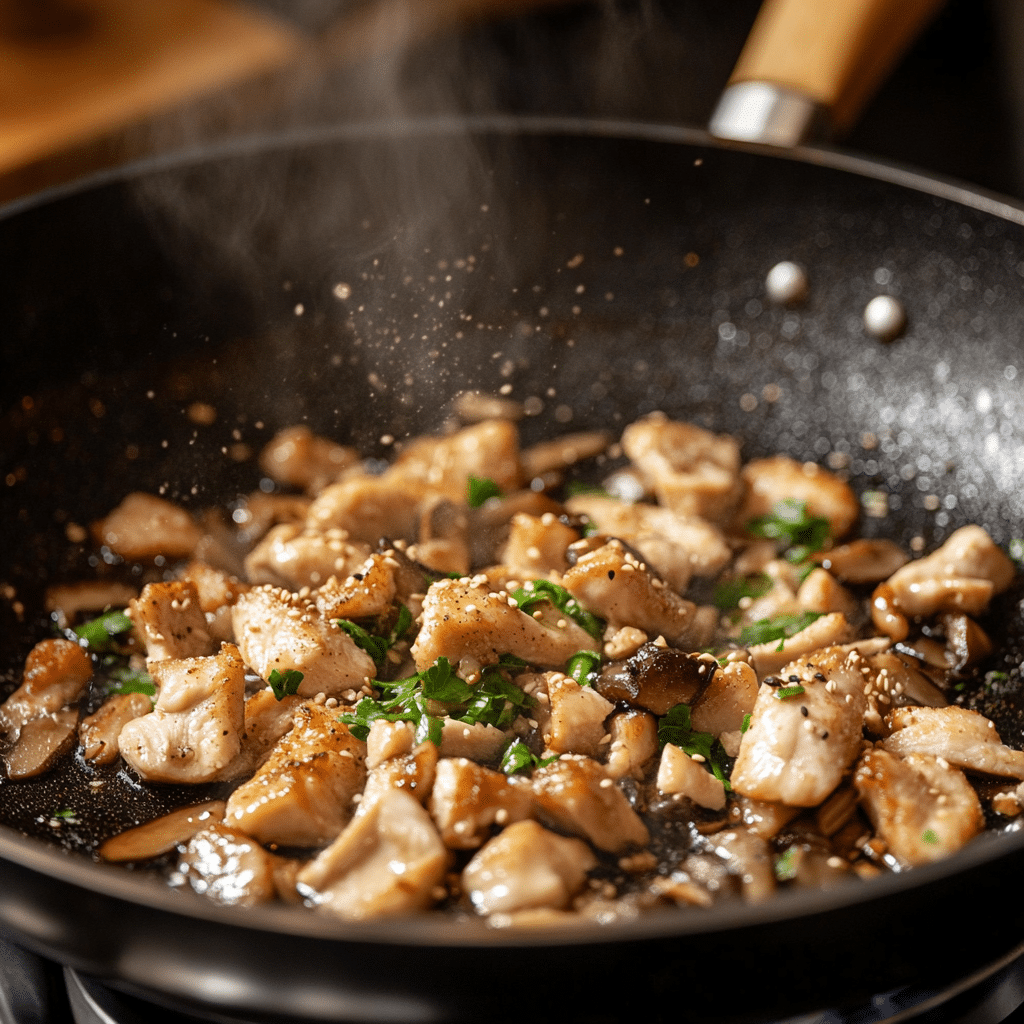
Also Read: Asian Cabbage Salad
Presentation and Cultural Aesthetics
Traditional Japanese Plating
Visual harmony enables real presentation while japanese mounjaro recipe sticks to those traditional Japanese aesthetic principles which emphasize natural beauty and ingredient respect. Thus, knowing the right way of plating and color balance gives restaurant-quality presentations at the same time keeping Japanese cultural values in the whole process of aesthetic appreciation and cultural culinary respect approaches.
Bowl choice impacts taste while Japanese Mounjaro recipe free shows well in classic Japanese bowls that add to the look and give the right amount sizes. Also, knowing old serving ways and dish picking helps make real feelings while keeping with culture rightness through polite showing and culture liking plans.
Garnishes add eye appeal and the Japanese mounjaro recipe accepts traditional garnishes that give color contrast and flavor accompaniment without masking the main ingredients. Besides, knowledge of the rules about traditional garnishes assists in making balanced presentations that keep real Japanese aesthetic values between cultural cooking and ways of improving visual attraction.
Cultural Service Methods
Temp serves great experience while Mounjaro recipe gives the best output when served at the right temp that brings out the flavors and lets one enjoy the feel. Next to this, knowing at what temperature and time it was traditionally served helps make real experiences while keeping the guest happy all through the cultural dining and meal presentation excellence approaches.
Serving sizes reflect tradition while japanese mounjaro recipe free follows the traditional Japanese portion principle that quality rather than quantity gives satisfaction. Also, knowing what the right serving sizes are helps create real experiences while keeping with the original value of having another aspect of cultural appreciation and sustainable eating practices.
The etiquette of dining improves the experience, while the presentation of Japanese mounjaro recipes may be comprised of traditional components that enlighten diners about Japanese cultural values and eating habits. Besides, knowledge of the cultural background facilitates creating significant meal experiences and fosters admiration for Japanese culinary traditions through all educational dining and cultural exchange procedures.
Nutritional Benefits and Wellness Philosophy
Japanese Health Principles
Nutrition is the balance of what reflects Japanese wisdom while the recipe mounjaro delivers full nutrition with traditional combinations of ingredients that support general wellness and extend life. Thus, learning some principles of the Japanese diet helps one appreciate how traditional recipes contribute to health while creating satisfying meals for the whole experience of eating toward wellness and for cultural nutrition appreciation approaches.
Seasonal eating helps support health while japanese mounjaro recipe free responds to seasonal ingredient availability which typically ensures peak nutrition and flavor while contributing to environmental sustainability. Also, having knowledge of the concept of seasonal cooking creates a provision for optimal nutrition while respecting traditional Japanese values in the process of sustainable eating and cultural cooking appreciation strategies.
Mindful eating increases satiety, while the Japanese mounjaro recipe inspires mindful awareness that generates satisfaction not only for the meal but also for cooking practices. Knowledge of the basic principles of mindful eating helps develop an inspiring dining experience that supports general well-being during conscious consumption and regard for cultural food values.
Modern Nutritional Analysis
Protein supports health while japanese mounjaro recipe provides complete protein through quality chicken that contributes to muscle maintenance and overall wellness. Nutritional benefits lead to an appreciation of how traditional recipes support modern health goals while maintaining the authenticity of flavor in the midst of healthy, conscious eating approaches to cultural culinary appreciation.
Complex carbs are sources of energy, while Japanese mounjaro recipe free includes rice as the staple source of sustained energy supporting active lifestyles. In addition, getting to know carbohydrate quality is an eye-opener on how traditional ingredients play a role in balanced nutrition all through healthy eating and cultural food wisdom appreciation strategies.
Micronutrient density improves health and the Japanese mounjaro recipe supplies vitamins and minerals because it contains a large number of different vegetables which support immune function in the body, as well as general health. Besides, knowledge of nutrient contribution prescribes conscious eating while savoring traditional food wisdom during wellness feasting and nutrition culture.
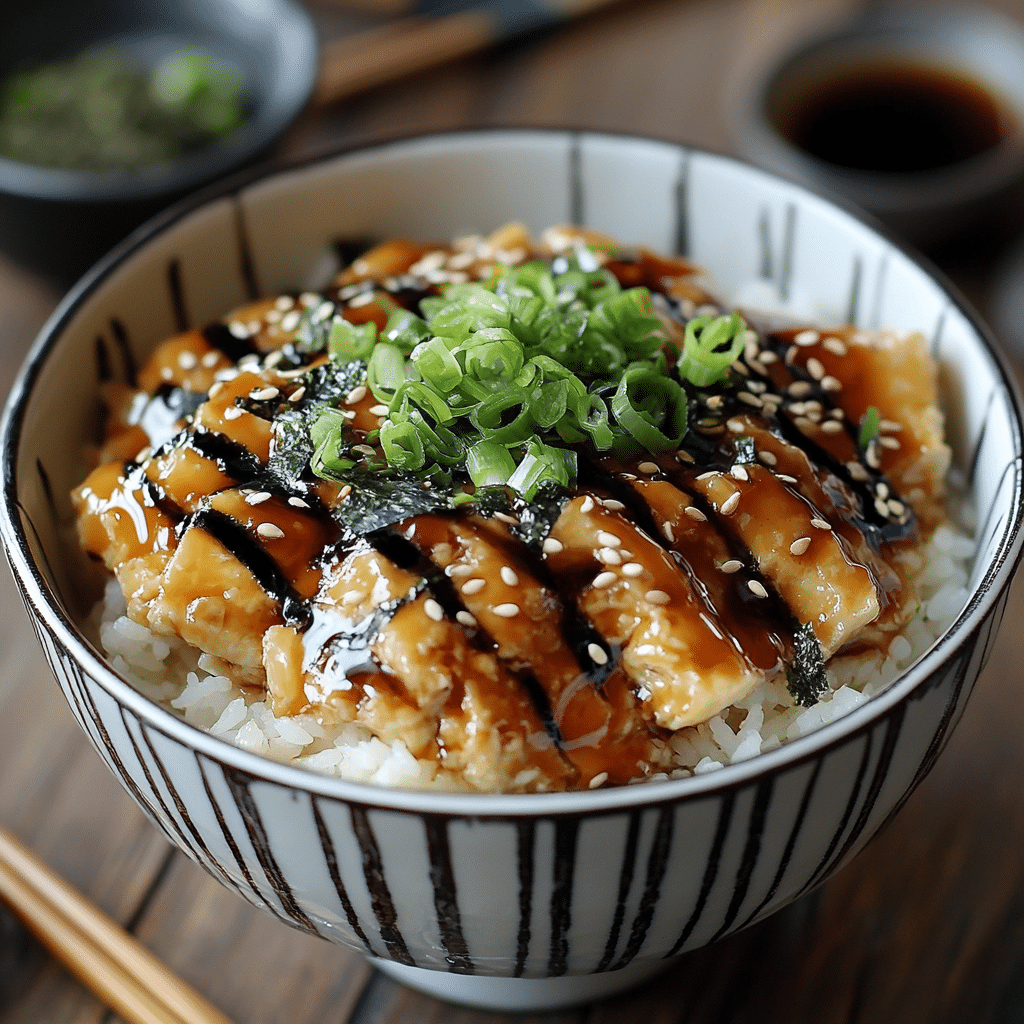
Cultural Context and Respect
Traditional Origins and Significance
History gives value. Japanese Mounjaro Recipe ties to many years of Japanese food practices that show the cultural beliefs and cooking knowledge shared over time. So, knowing the cultural importance leads to careful making as it keeps the real taste alive all through cross-cultural cooking and learning food times that build cultural understanding and liking.
Regional differences show diversity while japanese mounjaro recipe free shows the availability of local ingredients and regional preferences that highlight Japanese culinary diversity. Also, knowing about the regional differences helps in making authentic adaptations with respect to the traditional variations all through the cultural cooking exploration and respectful culinary adaptation approaches.
Cultural preservation sustains the practice of tradition as mounjaro recipe preparation from the Japanese helps keep intact traditional ways of cooking and appreciation of ingredients that honor Japanese culinary. The importance of preservation provides knowledge that offers meaningful experiences in cooking, sustaining cultural continuity in educational efforts regarding cooking and cultural appreciation.
Modern Adaptation Strategies
The adaptation principles mounjaro enables in the japanese recipe varies across different markets while essentially retaining the characteristics and flavor profiles of the dish. Accessibility of ingredients facilitates availability. In turn, accurate understanding of adaptation principles results in authentic output even when there is a limitation on ingredients within inclusive culinary practice and cultural food accessibilities.
Technique modification permits flexibility, and mounjaro can adjust to various kitchen tools while keeping the usual ways of cooking and getting real outcomes. Also, knowing adaptation techniques helps achieve good results while keeping cultural truth during easy cooking and method change steps.
Cultural sensitivity ensures respect while japanese mounjaro recipe preparation should acknowledge cultural origins while avoiding appropriation through educated appreciation and respectful execution. Additionally, understanding cultural sensitivity helps create meaningful cooking experiences while fostering cross-cultural understanding throughout respectful culinary exploration and cultural education approaches.
Troubleshooting Common Issues
Texture and Consistency Problems
Rice texture issues happen when Japanese mounjaro recipes go through wrong water ratios or cooking times that hit the basic quality of texture. So, knowing good rice cooking ways and fixing steps stops texture problems while keeping true results all through classic cooking methods and hitting meal prep aims.
Proteins, when overcooked, particularly in recipes where time management is not well respected and heat has not been properly controlled, will definitely compromise on tenderness. Texture can be adequately preserved by understanding what indicators to look for that represent readiness and adjusting the timing so that a true eating experience is still attained-consistent with traditional cooking and quality maintenance strategies.
Sauce balance issues arise where there are wrong seasoning proportions in the japanese mounjaro recipe that affect the general flavor harmony and authentic taste profiles. Also, knowing how to adjust flavors together with traditional balance principles helps to achieve the best results while keeping the real Japanese characteristics all through successful flavor development and cultural cooking approaches.
Flavor and Presentation Issues
Flavor enhancement techniques as well as methods of traditional seasoning will thereby bring about satisfying complexity, hence memorable taste experiences in successfully adapting the recipe and appreciating culinary cooking culture.
Plating inadequacies and inappropriate garnish selection reduce visual harmony, thereby reducing the appeal. The recognition of traditional presentation principles and aesthetic guidelines helps develop authentic presentations as it maintains cultural appropriateness when applied as a means of enhancing visual appeal while respecting culture.
Issues of substitution arise when ingredients accommodate the unavailability of certain components without knowing how these replacements will affect the total flavor balance and authenticity. Besides, knowledge of the principles of substitution and interaction between ingredients assists in creating successful adaptations that still carry the essential characteristics through flexible cooking and cultural adaptation strategies.
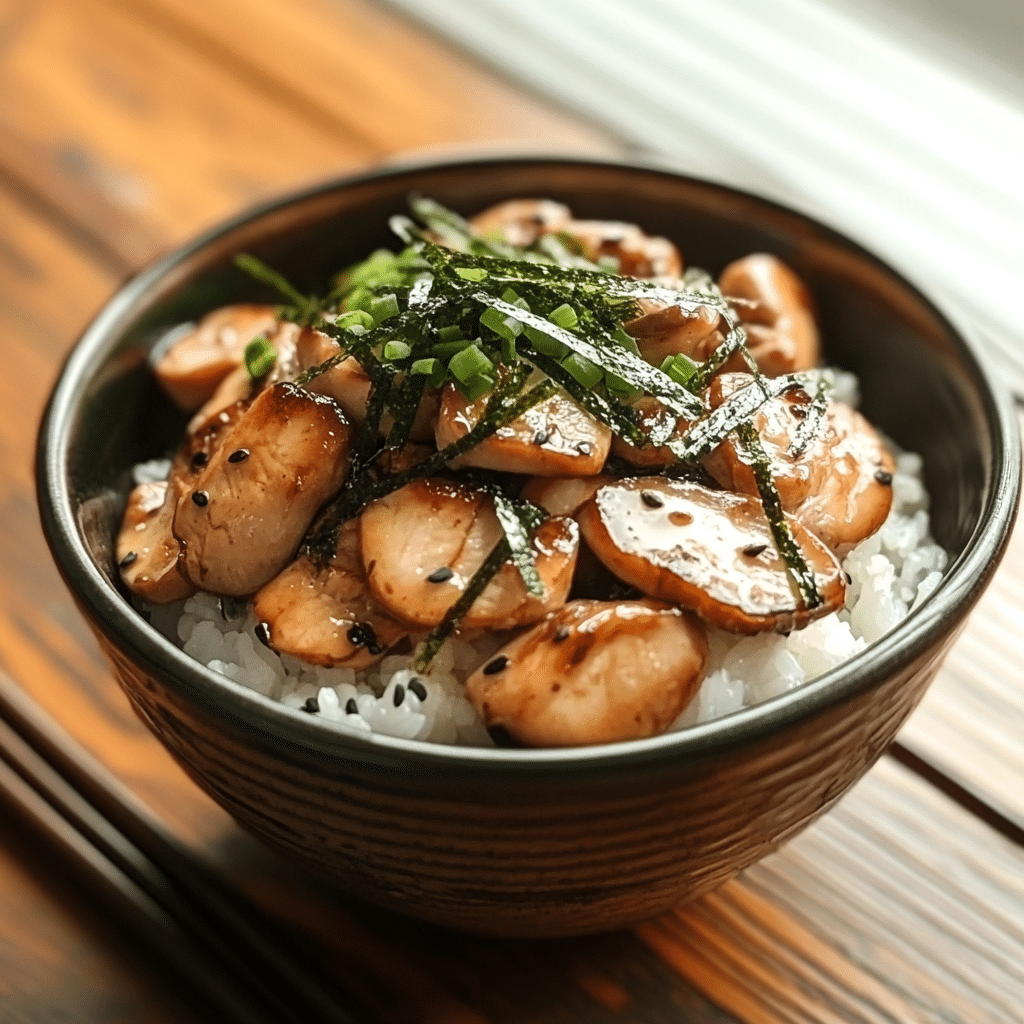
Frequently Asked Questions
What is Japanese mounjaro recipe traditionally served with?
Japanese mounjaro recipe is traditionally served as a complete meal with pickled vegetables, miso soup, and steamed rice as accompaniments. The dish itself is often presented in individual bowls with carefully arranged garnishes that reflect seasonal ingredients. Traditional accompaniments include various pickled vegetables (tsukemono), seaweed salad, and sometimes a light clear soup to cleanse the palate between bites.
Can I make japanese mounjaro recipe free of certain ingredients?
Yes, japanese mounjaro recipe free versions can accommodate dietary restrictions with proper substitutions. For vegetarian versions, substitute chicken with firm tofu or mushrooms while maintaining umami through additional dashi and soy sauce. Gluten-free versions can use tamari instead of soy sauce. However, maintaining the essential flavor balance and cooking techniques is important for authenticity.
What type of rice works best for japanese mounjaro recipe?
Short-grain Japanese rice (sushi rice) works best for japanese mounjaro recipe as it provides the proper texture and starch content that’s traditional to Japanese cuisine. The rice should be sticky enough to hold together but not mushy. Avoid long-grain rice as it doesn’t provide the authentic texture. Proper washing and cooking techniques are essential for achieving the correct consistency.
How long does japanese mounjaro recipe take to prepare?
Japanese mounjaro recipe typically takes 45-60 minutes total preparation time, including 20 minutes for rice cooking, 15 minutes for ingredient preparation, and 15-20 minutes for cooking and assembly. The key is proper timing coordination so all components finish simultaneously. Advanced preparation of ingredients can reduce active cooking time significantly while maintaining quality results.
Conclusion
This japanese mounjaro recipe defines all parts of Japanese cuisine that keep to traditional cooking techniques even as they create healthy beautiful meals for the body and the soul through mindful preparation and respect, not to mention an ingredient. This approach is also very consistent in delivering real results that take a person all the way to Japan while giving one the contentment of getting better at traditional techniques that have been honed over centuries of kitchen wisdom and cultural development.
By mastering this japanese mounjaro recipe free method, you will gain confidence in Japanese cooking that goes far beyond just this dish while acquiring knife skills, flavor-balancing prowess, and cultural understanding to improve all your cooking efforts. Plus, these basic techniques take on new life with seasonal ingredients and personal tweaks—offering you solid starts for unending Japanese culinary invention across many meal planning situations and cultural discovery moments.
Remember that the best japanese mounjaro recipe reflects real preparation while adjusting to your ingredient access and skill ability, so try changing with the seasons and old methods that match your cooking aims while keeping cultural respect and truth. Also, with this tested old way, each meal turns into a chance to offer amazing Japanese food moments that show cultural respect while honoring classic food smarts and building deep links through shared eating times and cross-cultural knowing.
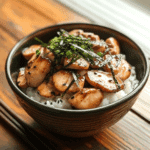
Authentic Japanese Mounjaro Recipe
- Total Time: 45 minutes
- Yield: 4 servings 1x
Description
Authentic Japanese mounjaro recipe with traditional flavors and cooking techniques. This classic Japanese lunch dish features chicken, shiitake mushrooms, and perfectly seasoned rice.
Ingredients
2 cups short-grain white rice
8 oz fresh shiitake mushrooms, sliced
1 lb boneless chicken thigh, diced
3 tablespoons soy sauce
2 tablespoons mirin
2 tablespoons sake
2 cups dashi stock
4 green onions, chopped
1 tablespoon sesame oil
2 nori sheets, shredded
1/2 cup pickled vegetables
Instructions
1. Rinse rice until water runs clear, then cook according to package directions
2. Heat sesame oil in large skillet over medium-high heat
3. Add diced chicken and cook until golden brown, about 5-6 minutes
4. Add sliced shiitake mushrooms and cook until tender, 3-4 minutes
5. Pour in soy sauce, mirin, and sake, stirring to combine
6. Add dashi stock and bring to gentle simmer
7. Reduce heat and simmer 10-12 minutes until chicken is cooked through
8. Taste and adjust seasoning with additional soy sauce if needed
9. Serve over cooked rice in individual bowls
10. Garnish with chopped green onions and shredded nori
11. Serve with pickled vegetables on the side
12. Enjoy immediately while hot with chopsticks
Notes
Use short-grain Japanese rice for authentic texture
Fresh shiitake mushrooms provide best flavor and texture
Chicken thigh is preferred over breast for tenderness
Quality soy sauce makes significant difference in taste
Dashi can be made fresh or use high-quality instant powder
Adjust liquid amounts based on preferred consistency
Garnish with seasonal vegetables for variety
Serve immediately for best temperature and texture
- Prep Time: 20 minutes
- Cook Time: 25 minutes
- Category: Lunch
- Method: Simmering
- Cuisine: Japanese
Nutrition
- Serving Size: 1 bowl
- Calories: 385
- Sugar: 4g
- Sodium: 785mg
- Fat: 12g
- Saturated Fat: 3g
- Unsaturated Fat: 7g
- Trans Fat: 0g
- Carbohydrates: 45g
- Fiber: 3g
- Protein: 28g
- Cholesterol: 95mg


